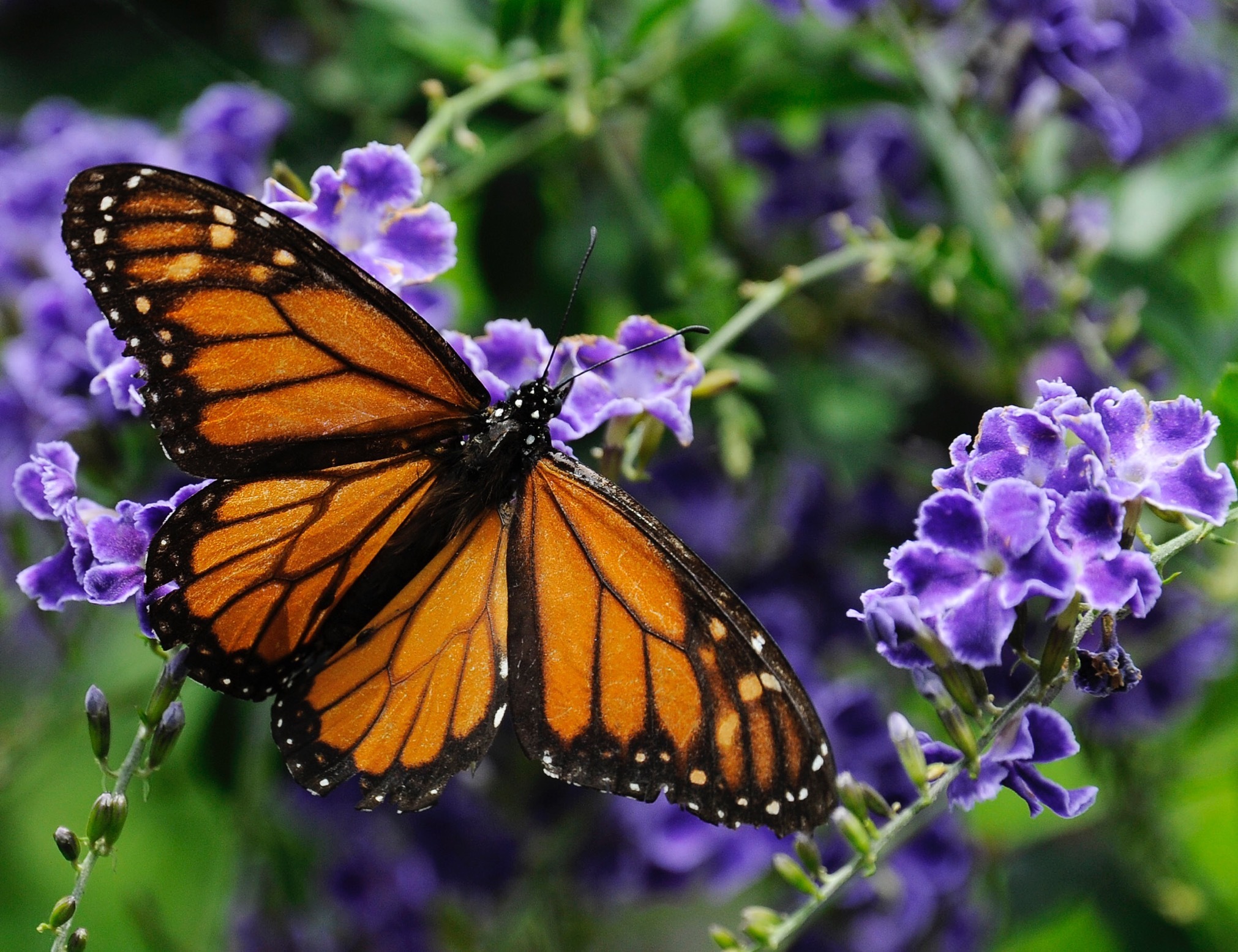Monarch butterflies are endangered.
The orange-, black-, and white-patterned creatures were added to the International Union for the Conservation of Nature’s “red list” on Thursday.
“The migratory monarch butterfly (Danaus plexippus plexippus), known for its spectacular annual journey of up to 4,000 kilometres across the Americas, has entered the IUCN Red List of Threatened Species as Endangered, threatened by habitat destruction and climate change,” the group wrote.
BIDEN’S BROKEN BORDER IS A GIFT TO VIOLENT CRIMINALS

“Today’s Red List update highlights the fragility of nature’s wonders, such as the unique spectacle of monarch butterflies migrating across thousands of kilometres,” Bruno Oberle, the group’s director-general, explained. “To preserve the rich diversity of nature we need effective, fairly governed protected and conserved areas, alongside decisive action to tackle climate change and restore ecosystems. In turn, conserving biodiversity supports communities by providing essential services such as food, water and sustainable jobs.”
According to the group, the butterfly’s native species has declined between 22% and 72% in the past decade. The organization blamed illegal logging and deforestation, urban development, and pesticides and herbicides, which harm the butterflies themselves as well as their favored plant, milkweed.
It further claimed that the population of the butterflies has declined by an estimated 99.9%, “from as many as 10 million to 1,914 butterflies between the 1980s and 2021.”
CLICK HERE TO READ MORE FROM THE WASHINGTON EXAMINER
Anna Walker, a member of the group, added, “It is difficult to watch monarch butterflies and their extraordinary migration teeter on the edge of collapse, but there are signs of hope. So many people and organisations have come together to try and protect this butterfly and its habitats. From planting native milkweed and reducing pesticide use to supporting the protection of overwintering sites and contributing to community science, we all have a role to play in making sure this iconic insect makes a full recovery.”

